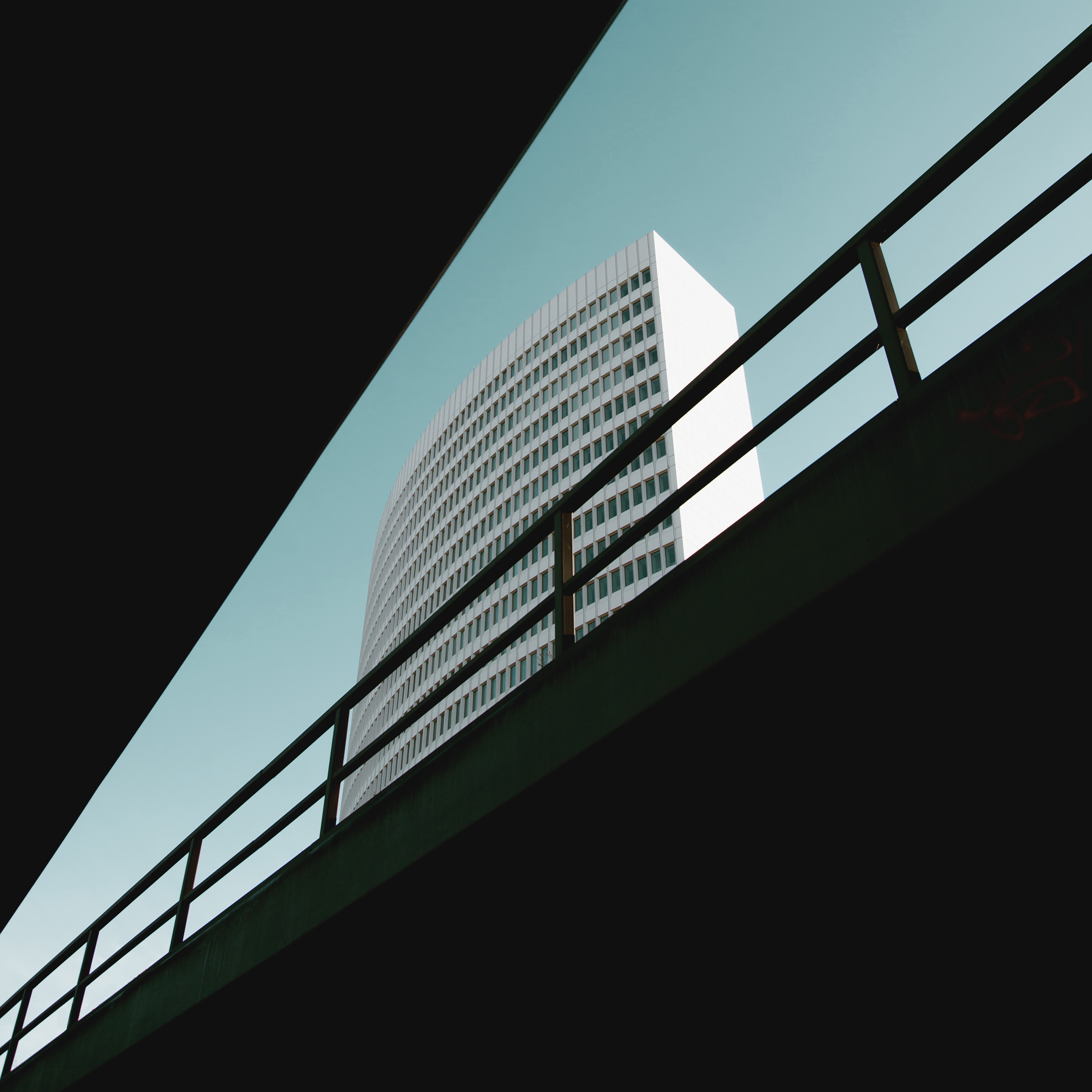History
Origins
“Glasgow: Home of the hauf and the hauf pint…life up a close…making steel and trouble…building the tallest flats in Europe and a reputation for being misunderstood…” …wrote a journalist of this rumbustious northern metropolis in the 1960s.
With large areas blitzed by bulldozers and motorways in what was then described as the largest urban reconstruction programme in Europe, the city was undergoing a change as traumatic as the days of the Industrial Revolution when it grew from a pretty college town into the second city of the Empire within 70 years.
By the end of the 1960s one tenth of a 485 million pound transportation plan had been completed. The city centre was flanked at the western edge by the new inner ring motorway, new bridges and tunnels spanned the river, and work was about to start on further electrification of suburban railways to link with the existing underground system. About a quarter of the city’s comprehensive redevelopment areas, covering all the slum districts and including the much-maligned Gorbals, was underway. Pedestrian streets, riverside landscaping, 150,000 new trees, waterbuses for river and canal, and a new concert hall complex, a planning competition for redevelopment of the Clyde’s northern bank, another three conservation areas…Glasgow seemed to be bursting with plans and ideas. And of course, with problems in achieving them.
It was perhaps not so surprising, therefore, that the city saw the arrival of one of Britain’s liveliest amenity societies – The New Glasgow Society.
Founded in 1965 in the realisation that Glasgow is one of the finest remaining Victorian cities in the world, the society has always had strong architectural leanings, but it rapidly developed wider interests to meet the challenges of large scale transportation and industrial planning.
Planning
For example, intense interest had been aroused in the deep-water potential of Hunterston, some 30 miles away on the scenic Firth of Clyde. The society had to weigh carefully the dangers of possible pollution from a proposed steel mill at Hunterston against the economic needs of the region, as well as to assess the possibilities offered to the city by the release of large areas of dockland against the loss of commerce to the community. Each ‘interest’ taken up by NGS was paralleled by a sub-committee set up to inform itself and the society’s members on the issues at stake and to take whatever appropriate action was possible.
In fact, since the Scottish Civic Trust was not yet in existence at the time, NGS was the only objector on amenity grounds to the proposed 6 million pound Murco oil refinery on a site 5 miles upwind of the city at Bishopton. The proposal was later turned down by the Secretary of State for Scotland on environmental considerations. The development was expected to provide eventual employment for 120 to 220 people and also to attract ancillary industry.
The society, while welcoming new industry, felt that the location of this project was ill-conceived in view of the adverse effect of pollution not only on the nearby Erskine Hospital but on the heavily populated Glasgow City Region directly in the path of the prevailing winds. To meet the costs of the public inquiry, a special “Fighting Fund for the Future” was launched.
As in the case of many other amenity groups, the New Glasgow Society’s longest recurring battle has been against the impact of highway construction on the social and physical life of the area. Faced with a city Highways Plan drawn up in the early 1960s to build eight motorways and at least ten expressways within the city boundaries by 1990, the New Glasgow Society soon crossed swords with Glasgow Corporation over the proposal to widen Great Western Road, which with its magnificent terraces and tree-lined gardens is undoubtedly the finest entrance to the city. The subsequent public enquiry resulted in a compromise, and, largely for economic reasons, the Corporation undertook little more than minor alterations.
More positive results were achieved by setting up lively local associations which, together with NGS, co-operated with the Planning Department in the detailed planning of schemes to achieve minimum disturbance to high amenity areas. Relations between the New Glasgow Society and the local authorities have sometimes been strained over individual projects, but there has also been a considerable amount of co-operation. Even before the Skeffington Report, Glasgow was prominent in public participation exercises, such as public meetings and exhibitions of plans and models. Amenity groups in the city now meet regularly with the planners in the Glasgow Urban Design Panel formally the Amenity Liaison Committee to discuss broad issues as well as individual problems.
A hierarchy of amenity groups formed, with the Scottish Civic Trust at national level, New Glasgow Society at city level, and other groups at local level. This has inevitably thrown considerable strain on NGS, which has had to maintain an overview while losing key members and funds to local associations and groups. Proud and protective of the society’s autonomy, NGS is funded entirely by donations and membership fees, and it is recognised that the aging membership is also diminished from the high-point in the late 1960s.
An office was set up in Argyle Street to serve as a meeting and exhibition space, and the society continues to meet regularly, organising monthly talks, tours and visits for members, and representing the interests of members on various committees. In over 45 stormy years the New Glasgow Society has also offered its members the opportunity to keep abreast of new developments in time to comment, visits to buildings in development and newly completed structures. The society is regularly consulted on news issues by the press, radio and television, calling on a wealth of experience and knowledge of the history and development of Glasgow and its buildings.
NGS Constitution
If you wish to read our constitution please email us at info@newglasgowsociety.org
Get to know us
As a charity NGS is run by a Board of Trustees and committed volunteers.
-
Thierry Lye
CHAIRPERSON
-
Amanda Kerr
VICE-CHAIR
-
Antonia Ogunleye
TREASURER
-
Flora Gray
SECRETARY
-
Rowan Ormiston
GALLERY ADMINISTRATOR
-
Adrian Currie
TRUSTEE
-
Alison Brewster
TRUSTEE
-
Cait Heaney
TRUSTEE
-
Iain Michael
TRUSTEE
-
Jemma McBride
TRUSTEE
-
Simon Ainsley
GALLERY MANAGER
-
Peter Kelly
PLANNING TEAM MEMBER
NGS Archives
We hold an archive of material produced by (and relevant to) the city of Glasgow and new Glasgow Society, some of which is unavailable elsewhere, and all of which is available to researchers.
The archive – most of which relates to developments and event in Glasgow during the 60s, 70s and 80s – has recently been catalogued and ordered, and can be inspected by appointment.
A summary catalogue can be downloaded here. If you wish to obtain a copy of the newsletter, please email us at info@newglasgowsociety.org


